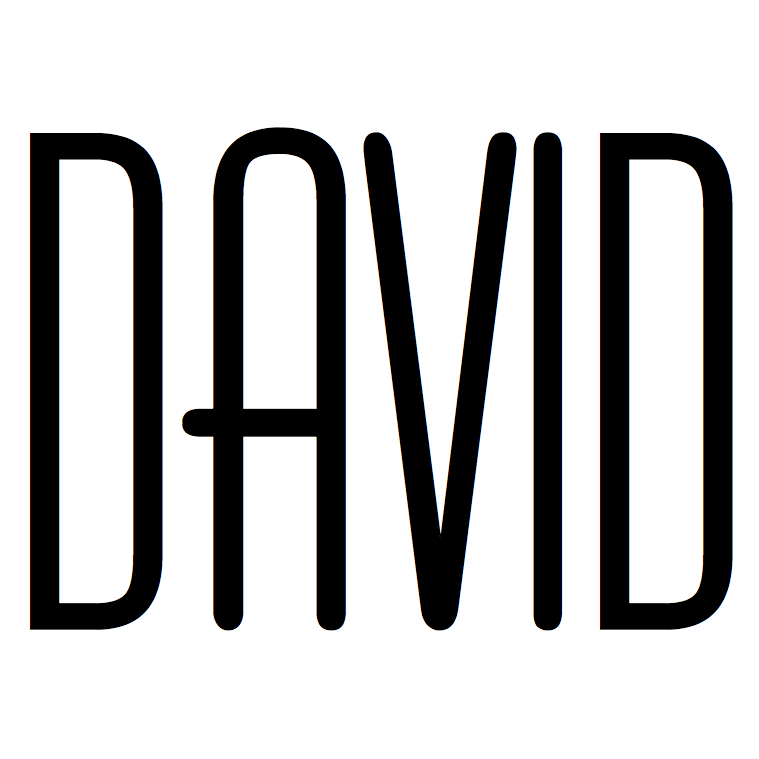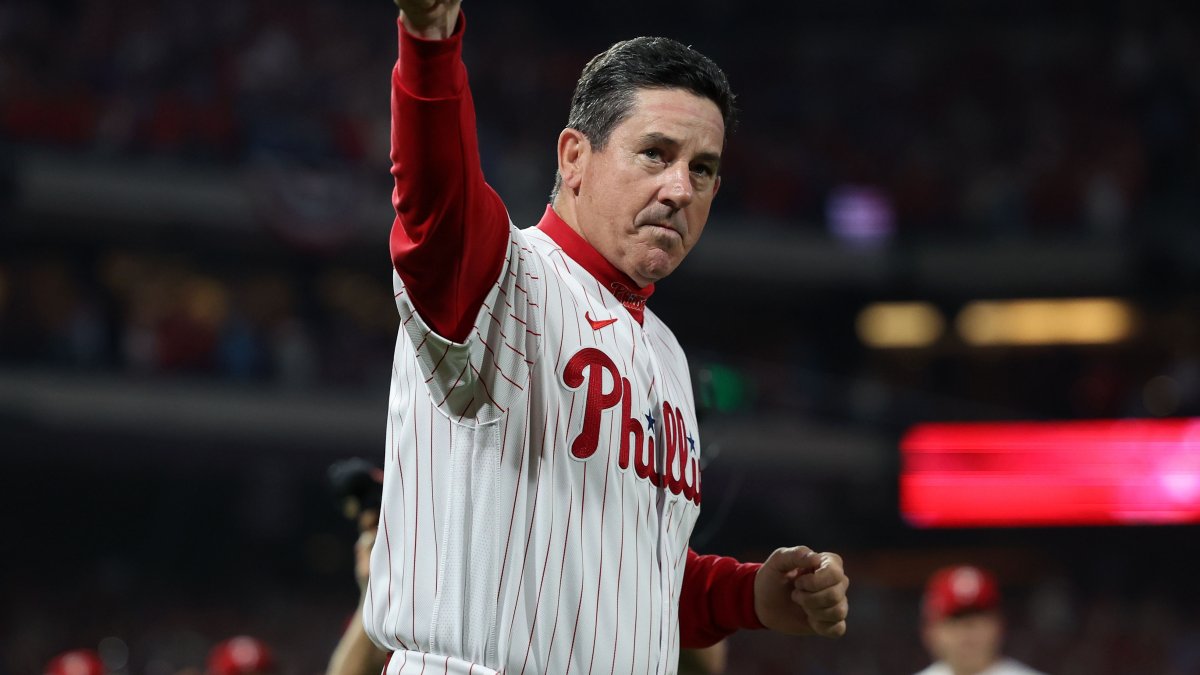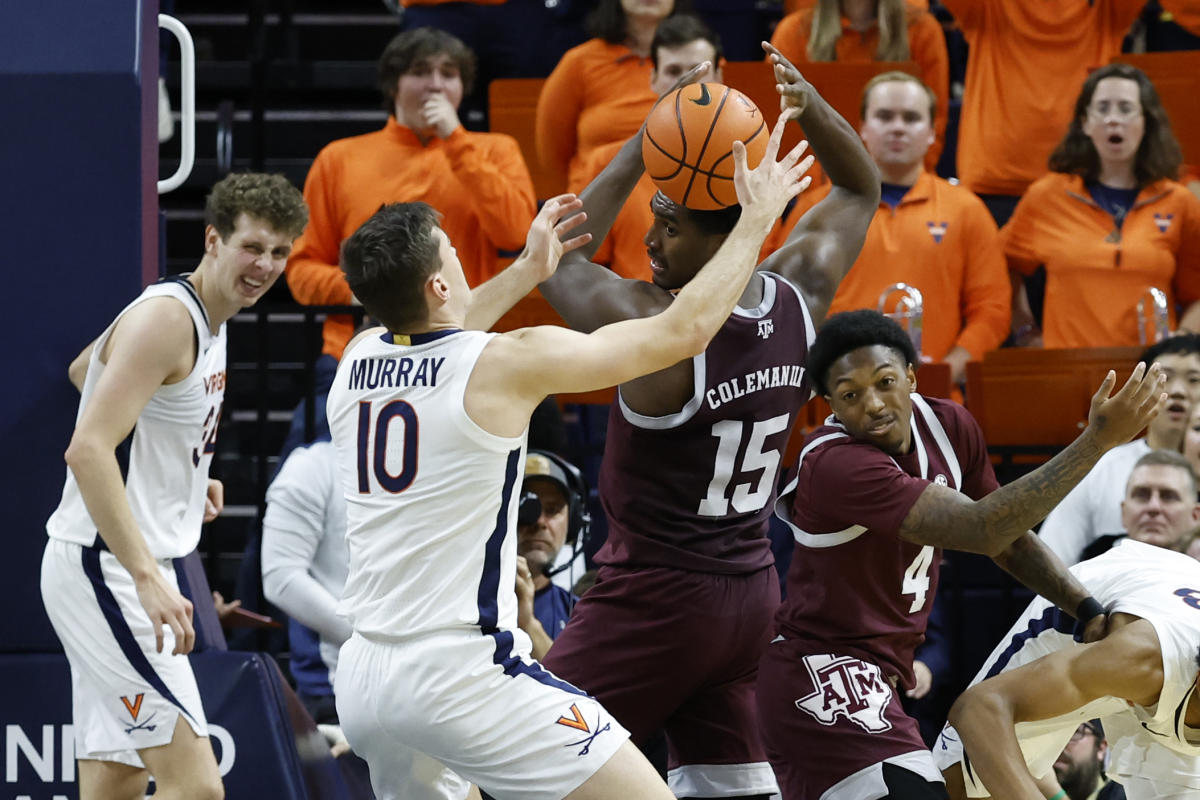During the Minnesota Twins’ end-of-season media session last week, Derek Falvey, the president of baseball operations, remained tight-lipped about the team’s payroll plans for next year. The Twins’ television contract with Bally Sports North is expiring amidst the chaos of the local sports broadcasting world, which is currently in bankruptcy.
According to reports, Sinclair Broadcast Group paid $54.8 million per season to broadcast Twins games on BSN. This massive revenue stream accounted for approximately 15-20 percent of the team’s total earnings. With the uncertain future of local TV for several MLB teams and payroll being tied to revenues, predicting the Twins’ spending for the upcoming season has become much more difficult.
“That’s a reality of our offseason,” said Falvey. “It’s not just us – it’s other clubs too. We have to navigate the lack of clarity on TV revenue. That’s no secret. It plays a role in determining payroll, just like all our other revenue sources.”
Under Falvey’s leadership, the Twins’ payrolls have been consistently average, ranking between 16th and 18th out of 30 teams over the past five seasons. This is a slight increase from the previous spending under Terry Ryan, and it aligns with Minnesota’s market size and revenue. The team set a record this year with a $159 million payroll, which is nearly the MLB average.
If we assume that next season’s payroll will be similar to this year’s $159 million, we can estimate the Twins’ spending room for the offseason. Let’s examine the money the team currently has committed for 2024, including guaranteed salaries, contract options, and projected arbitration figures.
Guaranteed contracts
Carlos Correa and Byron Buxton each have five guaranteed years remaining on their contracts, while Pablo López has four years left. Christian Vázquez, Chris Paddack, and Randy Dobnak have two seasons left. These are the only fully guaranteed salaries for the Twins in 2024.
Excluding signing bonuses and incentives, these six players will be paid just under $70 million in 2024. This figure serves as the starting point for the Twins’ payroll, as they will still need to fill out their roster with minimum-salaried players. The lowest possible 2024 payroll is estimated to be around $85 million.
Team options
Jorge Polanco and Max Kepler signed contract extensions in 2019. They are each under team control for 2024 through options with $1 million buyouts attached. Kepler’s contract ends after 2024, while Polanco’s contract includes a team option for 2025 worth $12 million, with a $750,000 buyout.
| PLAYER | SALARY | BUYOUT |
|---|---|---|
|
$10.5M |
$1.0M |
|
|
$10.0M |
$1.0M |
|
|
$20.5M |
$2.0M |
Due to strong performances in the second half of the season, it is an easy decision for the Twins to exercise the options for Polanco and Kepler. These options are considered bargains at $10.5 million and $10 million. If the Twins decide to move on from either player, they could trade them and receive value in return.
Considering Polanco and Kepler’s salaries, the Twins’ payroll for 2024 would increase by approximately $20.5 million.
Arbitration projections
This is where the level of uncertainty increases.
After completing three years of minimum-salaried service time, players become eligible for arbitration, which guarantees them raises as they approach free agency. If a team believes a player’s projected arbitration salary is not worth it, they can non-tender the player before December.
Arbitration generally results in team-friendly salaries for prime players, who are often retained and counted alongside guaranteed salaries. The Twins have a relatively small group of arbitration-eligible players, both in terms of quantity and projected salaries.
The retention of all nine arbitration-eligible players would cost more than $21 million. However, it is unlikely that the Twins will retain all of them. Some players, such as Jordan Luplow, have a slim chance of being retained for $1.6 million. Thus, their projected salaries should not significantly impact payroll estimates. Other players at risk of being cut from the 40-man roster include Jorge Alcala, Nick Gordon, and José De León.
Players like Willi Castro, Caleb Thielbar, Ryan Jeffers, and Alex Kirilloff are likely to be retained at their projected salaries. Kyle Farmer could be brought back because of his utility role, but the Twins may deem his projected salary of $6.6 million too expensive for a part-time player. Realistically, the Twins’ arbitration spending projection could range from $10.2 million to $17.8 million.
Bottom line
Currently, the Twins have $69.8 million in guaranteed money and $20.5 million in almost-guaranteed money through options. If we include the four no-brainer arbitration-eligible players, the total payroll for 2024 would be around $100.5 million. Adding the minimum salary for the remaining roster spots, the Twins’ baseline payroll is approximately $111 million.
If the Twins decide to retain Farmer, an additional $6.6 million would be added to the payroll. Retaining Alcala and Gordon would slightly increase the payroll as well. This gives an estimate of between $110 million and $120 million for the Twins’ baseline payroll when the offseason begins. Assuming they aim for a payroll similar to this year’s $159 million, they might have $40 million to $50 million to spend. However, the TV situation remains a significant factor.
(Top photo of Derek Falvey: David Berding / Getty Images)

David Rodriguez brings the excitement of Major League Baseball to readers. With a deep appreciation for America’s pastime, he covers the latest MLB news, scores, and player achievements, keeping fans up to date with their favorite teams and players.



:no_upscale()/cdn.vox-cdn.com/uploads/chorus_image/image/72931262/usa_today_21973134.0.jpg)


